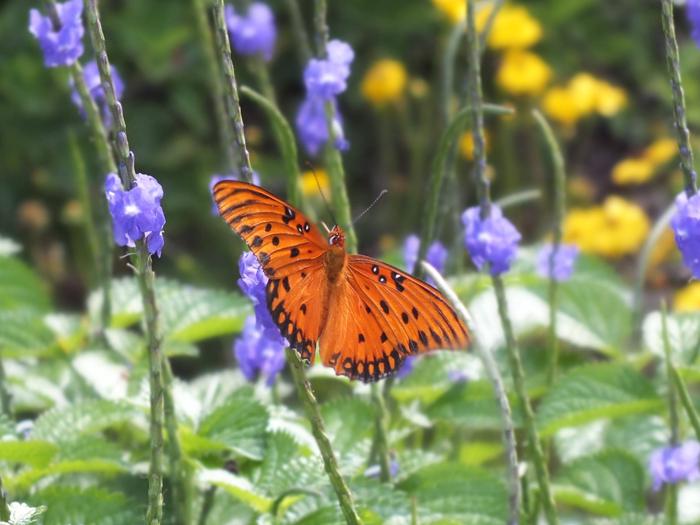Lake Woodruff National Wildlife Refuge
Lake Woodruff National Wildlife Refuge was established in 1964 as a migratory bird refuge to offset losses of wetland habitat that were occurring in central Florida. The refuge is comprised of freshwater marshes, hardwood swamps, uplands, and numerous freshwater stream, lakes and canals. In the early years of the refuge, a small portion of the existing marsh was impounded to attract waterfowl and wading birds. The three impoundments provide loafing and foraging areas for migrating waterfowl and resident wading birds, and have proved to be one of the most popular areas for public use, providing opportunities for bird watching, hiking and fishing. Wilderness In 1976, four discrete areas of the refuge were designated as wilderness. A total of 1,066 acres of wilderness can be found within Bird Island, Audubon Island, Dexter Island and St Francis wilderness areas. In addition, just to the west of the refuge can be found the 7, 327 acre Alexander Springs wilderness area, designated in 1984 and managed by the U.S. Forest Service. The Wilderness Act of 1964 created the National Wilderness Preservation System “in order to assure that an increasing population, accompanied by expanding settlement and growing mechanization, does not occupy and modify all areas in the United States, and it’s possession, leaving no lands designated for preservation and protection in their natural condition…” For more information about Lake Woodruff's wilderness resources, please visit Wilderness Connect https://wilderness.net/visit-wilderness/?ID=308
Lake Woodruff NWR is located 25 miles west of Daytona Beach, Florida, and 7 miles north of DeLand on U.S. Highway 17 near the community of DeLeon Springs, FL. From Highway 17 in DeLeon Springs, turn west and go one block to Grand Avenue. Turn south on Grand and go approximately 3 blocks to Mud Lake Road. Refuge directional signs are prominently displayed on both U.S. 17 and Grand Ave. to direct the way to the refuge and headquarters office.

